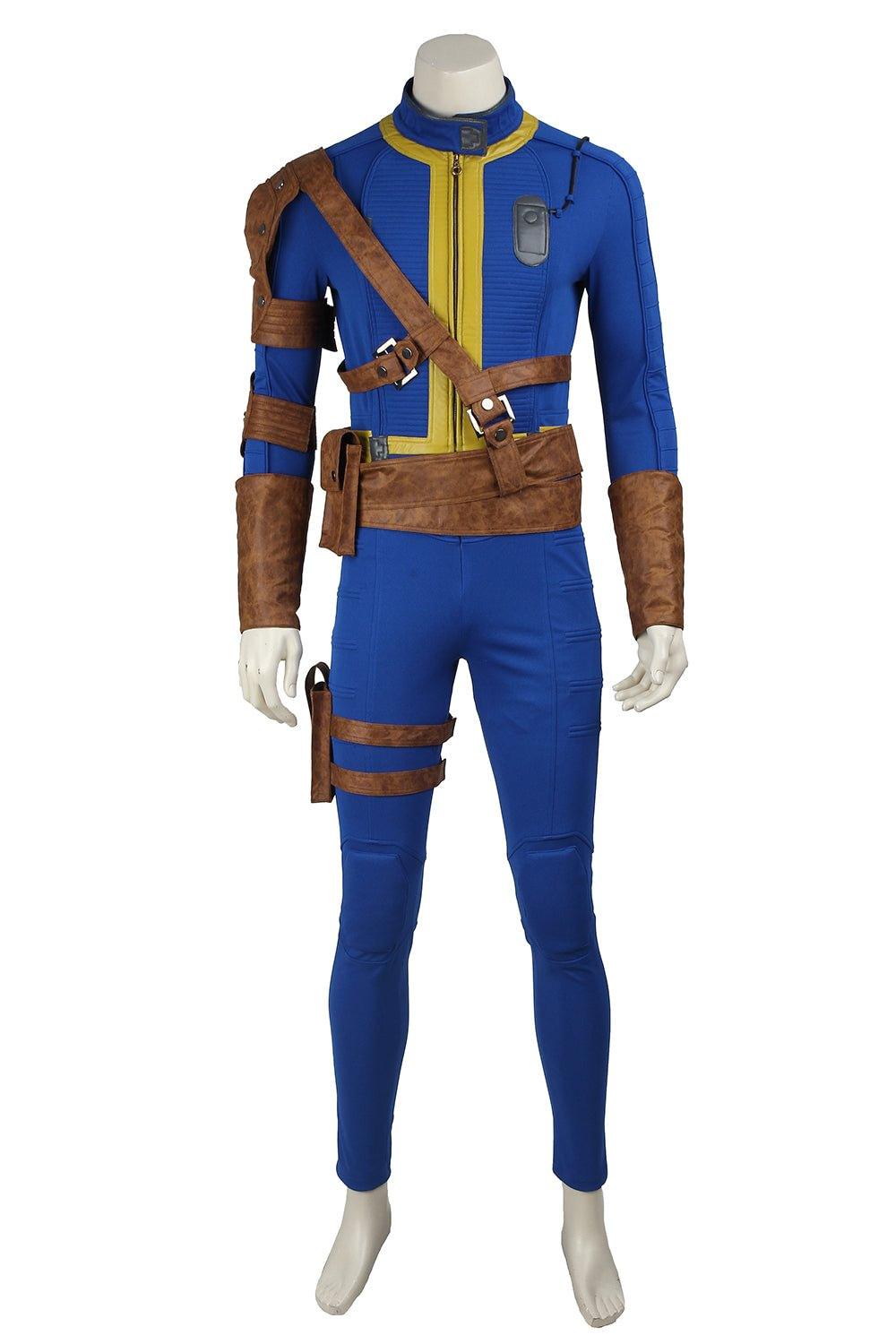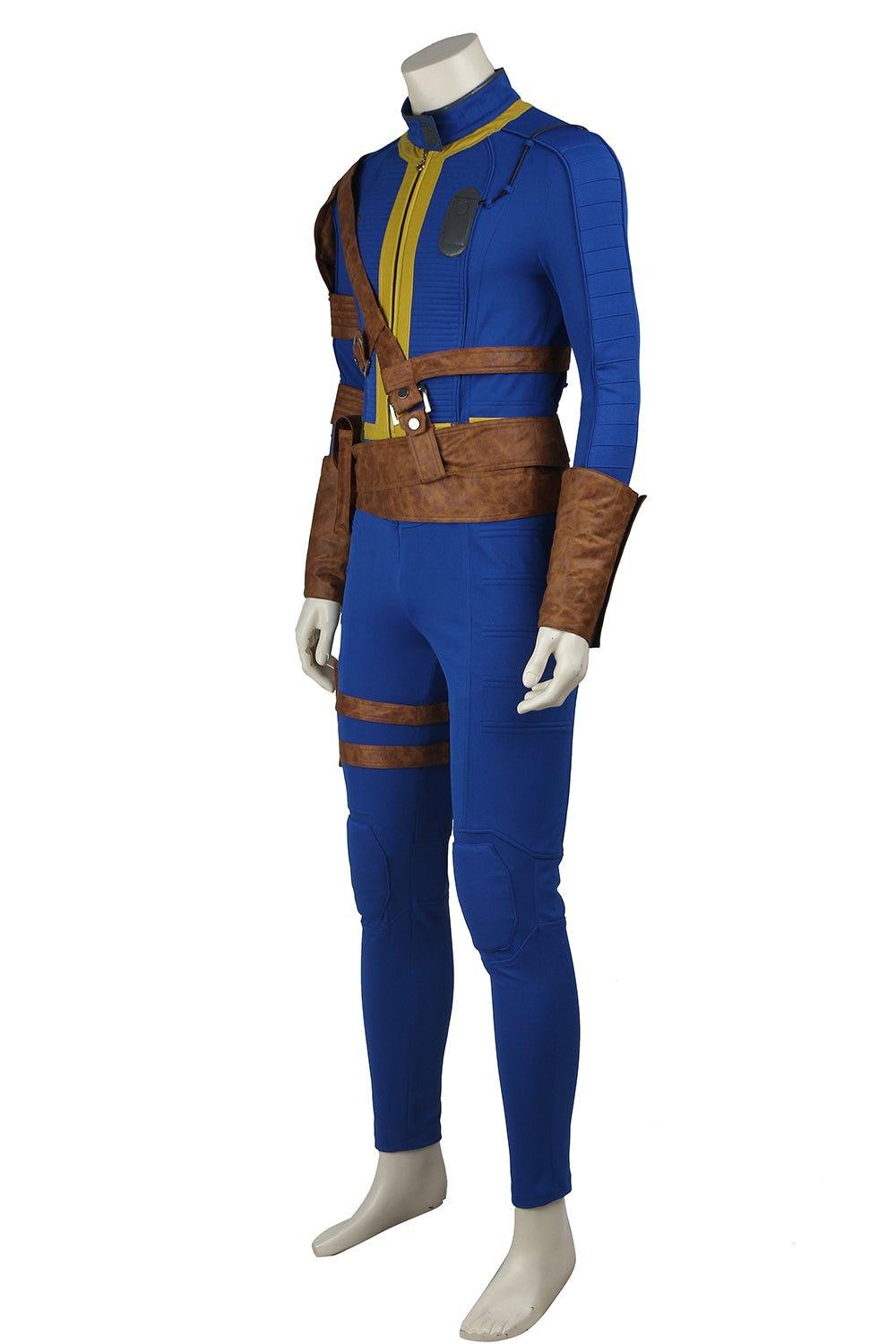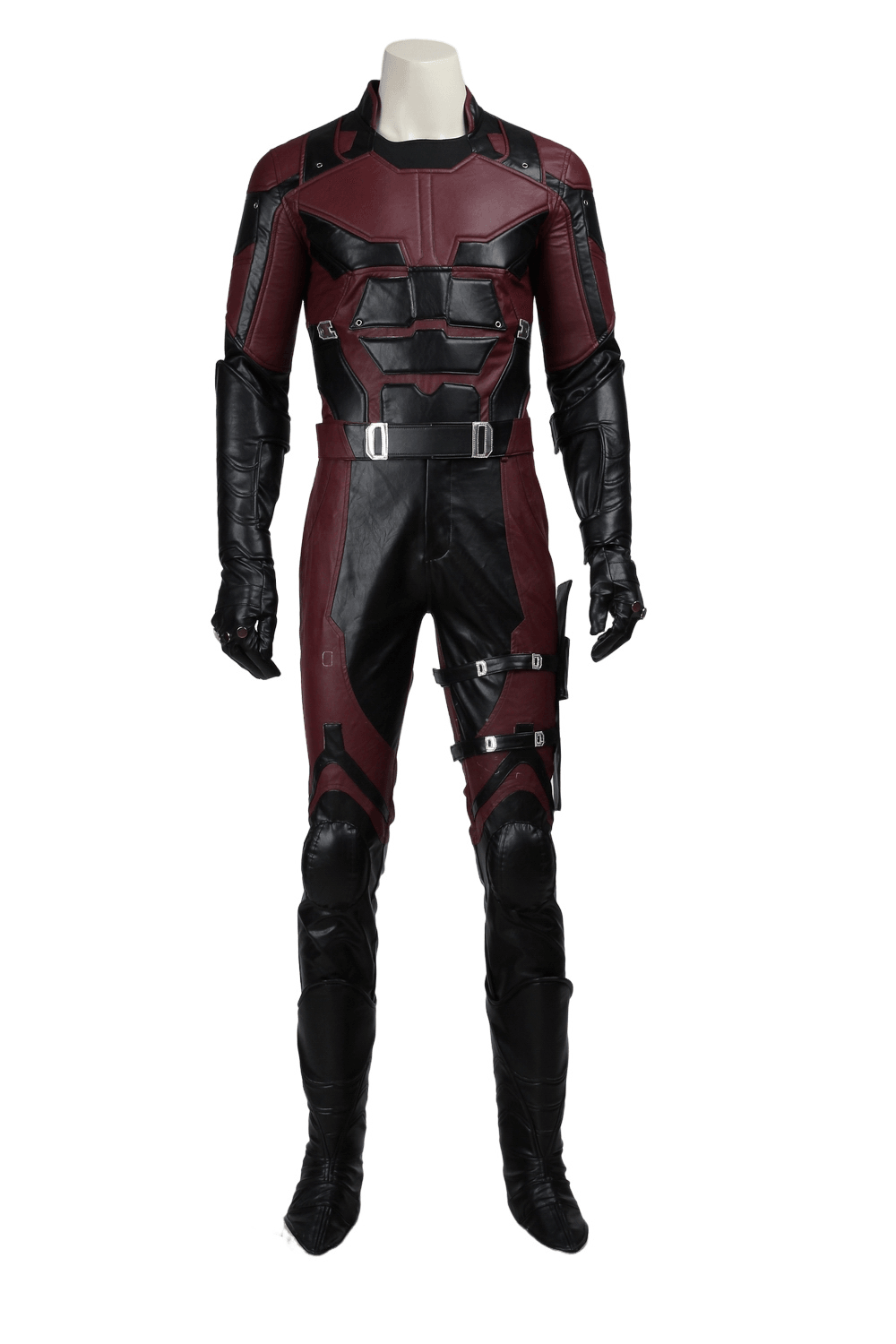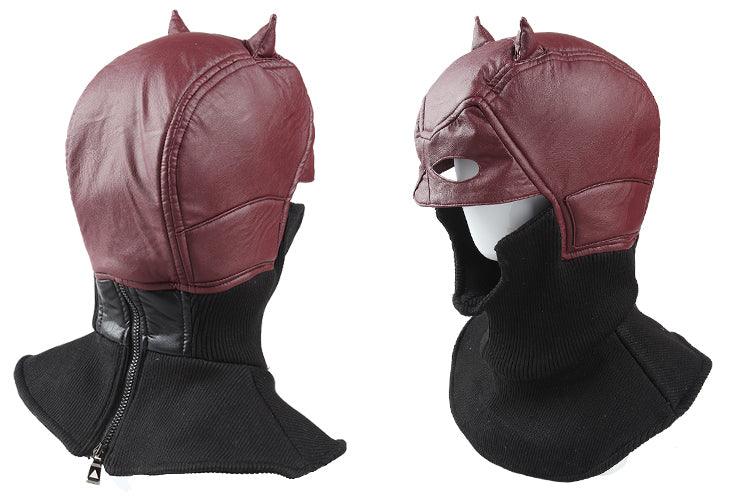How to Make a Cosplay Tail: A Comprehensive Guide
Creating a cosplay tail can be a fun and rewarding project, whether you're aiming to complete a furry costume, embody a fantastical creature, or simply add a unique element to your cosplay outfit. This guide will walk you through the process, from gathering materials to the final touches, ensuring your tail is both realistic and durable.
Materials Needed
Before diving into the steps, gather the following materials:
-
Faux fur fabric (at least half a yard)
-
Markers in desired colors (Sharpies work well)
-
Scissors
-
Hairbrush
-
Thin stick (like a skewer or paintbrush handle)
-
Hot glue gun and glue sticks
-
Safety pin
-
Felt or ribbon strips (1 inch wide, as long as the tail length)
-
Quilt batting or rags for stuffing
-
Clothespin or clip (optional)
-
Foamcore board (optional for structure)
-
Aluminum wire (optional for structure)
-
Sewing needle and thread (optional)
-
Belt (for attaching the tail)
Step-by-Step Instructions
1. Designing Your Tail
Start by deciding on the type of tail you want to create. Different animals and characters have distinct tail shapes and sizes. For example:
-
Fox tail: Long and bushy
-
Cat tail: Slim and flexible
-
Dragon tail: Often segmented and spiky
Once you have a clear idea, sketch the tail on a large piece of paper or Bristol board. This will serve as your pattern. Ensure the pattern includes a seam allowance of about half an inch around the edges.
2. Cutting the Fabric
Place your pattern on the back side of the faux fur fabric, ensuring the fur direction aligns with the natural flow of the tail (typically towards the tip). Trace the pattern twice, once for each side of the tail, and cut out the pieces.
3. Assembling the Tail
No-Sew Method:
-
Step 1: Place the two fabric pieces together, fur sides facing inwards.
-
Step 2: Use hot glue to attach the edges, starting from the base and working towards the tip. Apply glue in small dots rather than long strips to keep the tail flexible.
-
Step 3: Leave a small opening at the base to turn the tail right side out and for stuffing.
Sewing Method:
-
Step 1: Pin the fabric pieces together, fur sides facing inwards.
-
Step 2: Sew along the edges, leaving a small opening at the base.
-
Step 3: Turn the tail right side out through the opening.
4. Adding Structure (Optional)
For a more rigid tail, you can add a spine using foamcore board and aluminum wire:
-
Step 1: Cut a piece of foamcore to fit inside the tail, following the top part of your pattern.
-
Step 2: Cut the foamcore into smaller segments (about 4 inches wide) to allow for movement.
-
Step 3: Attach the segments together with aluminum wire, securing with hot glue.
-
Step 4: Insert the spine into the tail before stuffing.
5. Stuffing the Tail
Stuff the tail with quilt batting or rags to your desired fullness. For a bushy tail, use more stuffing; for a slim tail, use less. Use a long stick or wooden spoon to help push the stuffing into the tail. If the stuffing causes bulging at the seams, add more glue or sew the seams tighter.
6. Closing the Tail
Once stuffed, close the opening at the base of the tail using hot glue or by sewing it shut. Ensure the closure is secure to prevent the stuffing from coming out.
7. Attaching the Tail
Attach a safety pin to the base of the tail. This will allow you to pin the tail to your costume. For a more secure attachment, you can sew or glue a strip of felt or ribbon to the base of the tail and create a loop to thread a belt through.
Additional Tips and Variations
Coloring and Detailing
Use markers to add color and details to your tail. This can help blend seams and create a more realistic look. Brush the fur to blend the colors and give the tail a finished appearance.
Creating Motion
For tails that move naturally with your body, consider the following techniques:
-
Weighted Tails: Add small weights (like fishing sinkers) to the tip of the tail to create a swishing motion.
-
Articulated Tails: Use segmented foamcore and wire to create a tail that moves with your body. This method requires precise cuts and a good understanding of weight distribution.
Example Projects
Deluxe Fluffy Tail (No Sew, No Yarn)
This method is great for beginners and those who prefer not to sew. It involves using hot glue and simple materials to create a customizable tail in less than an hour.
Materials:
-
Faux fur fabric
-
Markers
-
Scissors
-
Hairbrush
-
Thin stick
-
Hot glue gun
-
Safety pin
-
Felt or ribbon strips
-
Quilt batting or rags
Instructions:
-
Cut a rectangle of faux fur fabric to the desired length and width.
-
Glue the edges together, leaving an opening for stuffing.
-
Turn the tail right side out and stuff it.
-
Close the opening and attach a safety pin.
Super Motion Canine Tail
This tail uses the concept of dynamic movement through clever weight distribution and precise cuts.
Materials:
-
Polyurethane foam
-
Electric carving knife
-
Faux fur fabric
-
Sewing needle and thread
-
Belt
Instructions:
-
Cut the foam into the desired tail shape.
-
Cover the foam with faux fur fabric.
-
Attach a hidden belt loop to the base of the tail.
-
Sew the fabric together, leaving an opening for stuffing.
-
Stuff the tail and close the opening.
Purchasing Ready-Made Tails
If you prefer to buy a tail rather than make one, websites like CrazeCosplay.com offer a variety of cosplay accessories, including tails. They provide high-quality, tailor-made costumes and accessories for various characters and themes.
Conclusion
Creating a cosplay tail can be a fulfilling project that adds an extra layer of authenticity to your costume. Whether you choose a simple no-sew method or a more complex articulated design, the key is to have fun and let your creativity shine. With the right materials and a bit of patience, you'll have a fantastic tail that enhances your cosplay experience. Happy crafting!







